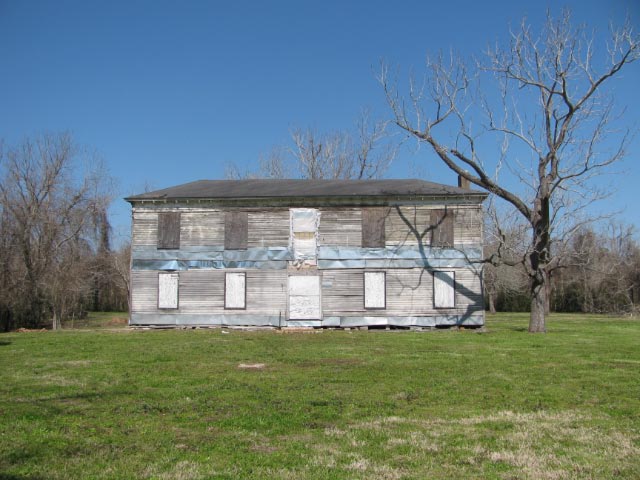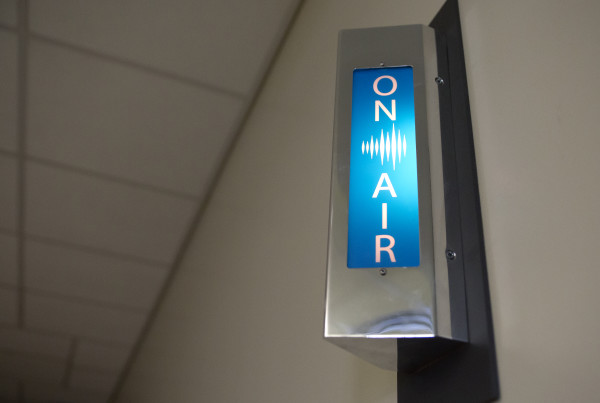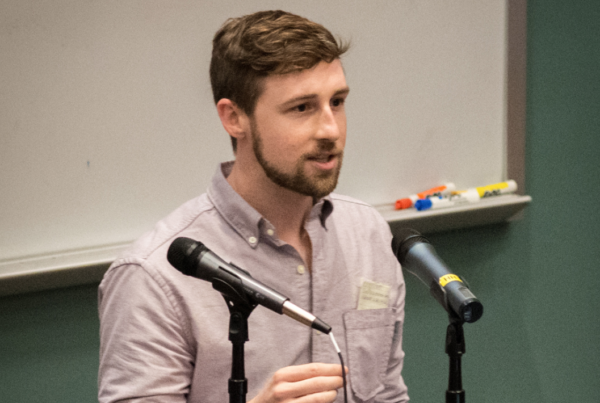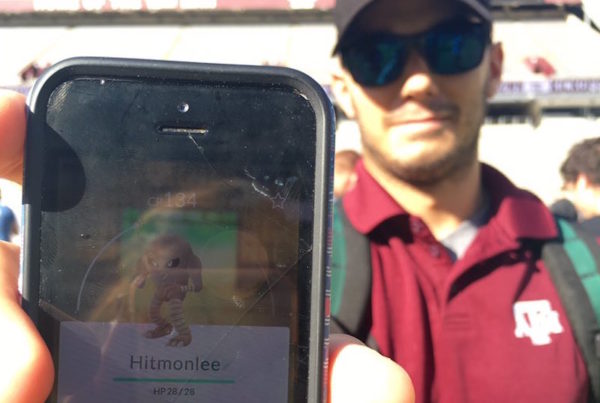In Brazoria County, outside of Houston, a group of anthropologists is excavating an old sugar mill.
The Levi Jordan Plantation was a huge center for sugar in the mid 1800’s, and it was operated with slave labor. Close to 150 slaves may have worked in the fields and at the mill. Now anthropologists are searching for artifacts they think prove that these slaves were maintaining some of the religious traditions they had brought with them from Africa to the U.S.
The theory is based in part on the discovery of an old cast-iron pot found buried in the ground and filled with other pieces of metal. That may not sound significant,but University of Houston Anthropology professor Dr. Kenneth Brown, who is leading the excavation, thinks it just may be.
“We found that in two of the cabins within the quarters, there’s what we call a crossroads deposit,” Brown said. “The crossroads are an extremely important symbol among a large number among the over 2,000 cultures in west Africa that contributed people to the slave trade.
What you’ll hear in this interview:
– What was found at the sugar mill
– The meaning of these symbols to the slaves
– What these findings tell us about the lives of the enslaved
















